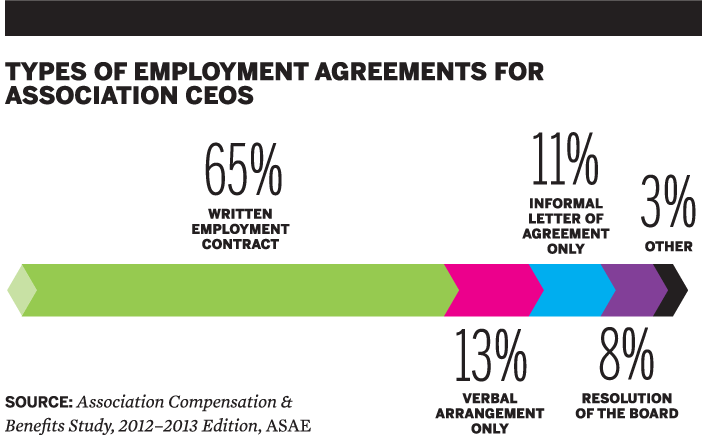
Tangled No More: Four Steps to Conflict-Free Conflict Resolution
Running into issues with conflicts of interest? Here's how to handle the situation painlessly.
You can practically see the CEO’s back stiffen when it happens: At a quarterly meeting, a new board member says he thinks the association should contract with the firm he owns to run a new project. There’s no need for a complicated RFP process—we’re all friends here, right?
Joan Eisenstodt, chief strategist at Eisenstodt Associates, LLC, says such conflict-of-interest quandaries are common in associations. “My experience has been that it’s a frequent conflict and that it’s a very difficult one, especially for staff, to manage.”
Terrence F. Canela, CAE, associate general counsel for the American Institute of Architects, says that while accommodating a violation of an association’s conflict-of-interest policy may or may not have legal consequences, it almost certainly will have a negative effect on the board’s culture. “It calls into question the integrity of the board,” he says. “And then you have a lot of distractions from what the board needs to do.”
There are going to be hurt feelings. Know how you’re going to handle those hurt feelings, and how you’ll keep a good volunteer involved.
So what can you do to address the problem? Canela and Eisenstodt shared four tips:
1. Get proactive. It’s likely that one reason a board member is pushing for behavior that violates a conflict-of-interest policy is that he or she didn’t know there was a policy in the first place. Regardless of how long terms are, remind the board of the policy every year, and get their acknowledgment in writing. “It at least sets the tone, saying, ‘We have these policies in place,’” says Eisenstodt.
2. Have a firm—but private and respectful—discussion. The CEO, board president, or other officer should have a one-to-one talk with the board member whose proposal violates the policy, explaining why the request is inappropriate. “Rather than embarrass the member, have a sidebar conversation,” says Canela. “Talk it through, and hopefully resolve it that way.”
3. Speak up. If the proposal remains on the table, CEOs or board members who disagree can ask that their concern be documented in the minutes. “What organizations should do is ask the persons who voted no if they wish to be recorded,” says Canela. “That’s the point where I think you have to say, ‘Yes, I wish to be recorded.’ That is your get-out-of-jail-free card. You’re saying, ‘I did not vote for this.’”
4. Realize you’ll have repair work to do no matter what. Even if the situation is resolved quietly, some resentment may linger. “There’s nothing that’s going to take awkward out of this,” says Eisenstodt. “Even if we don’t become close friends, we become friendly with the people we work with on boards. … There are going to be hurt feelings. Know how you’re going to handle those hurt feelings, and how you’ll keep a good volunteer involved.”







Comments